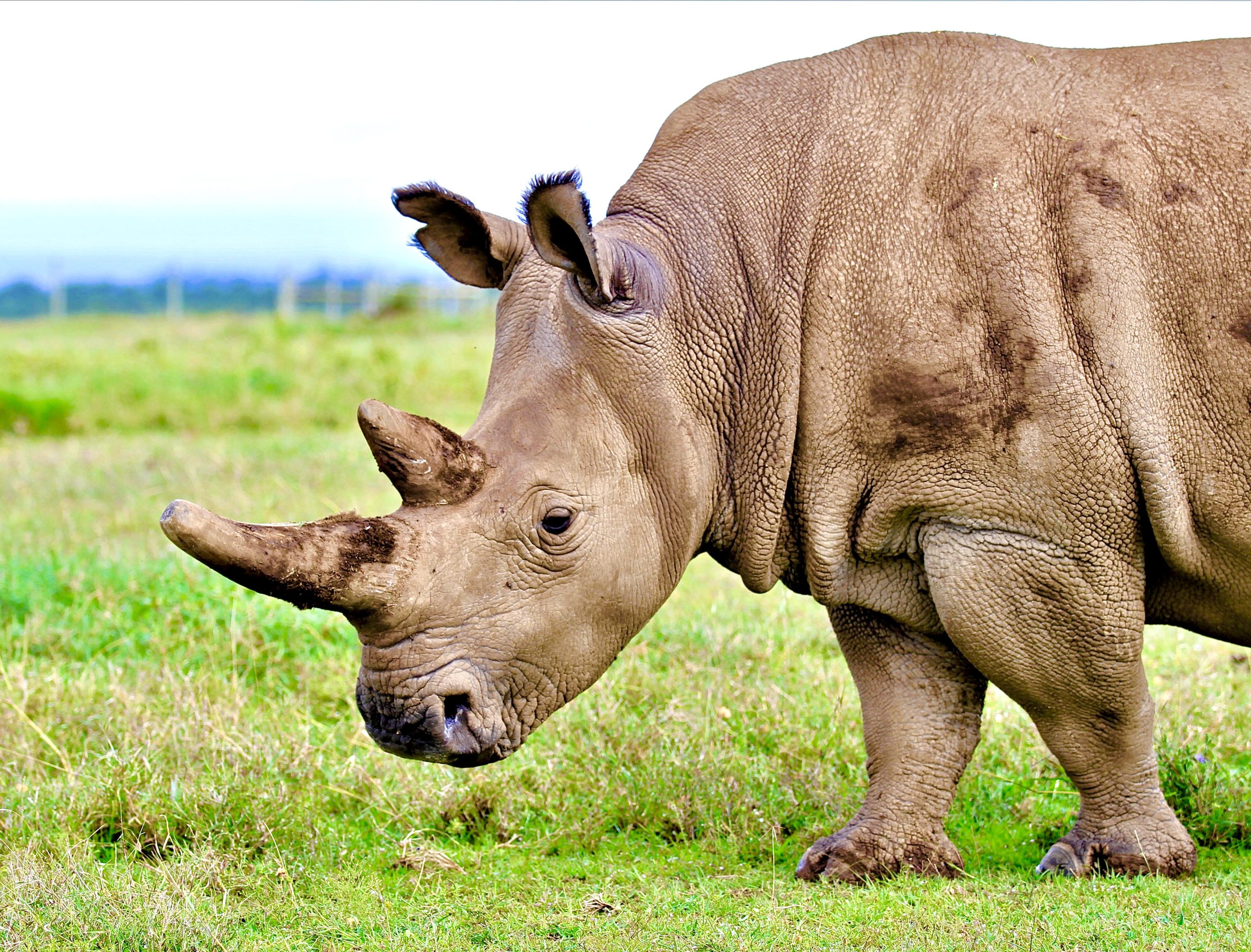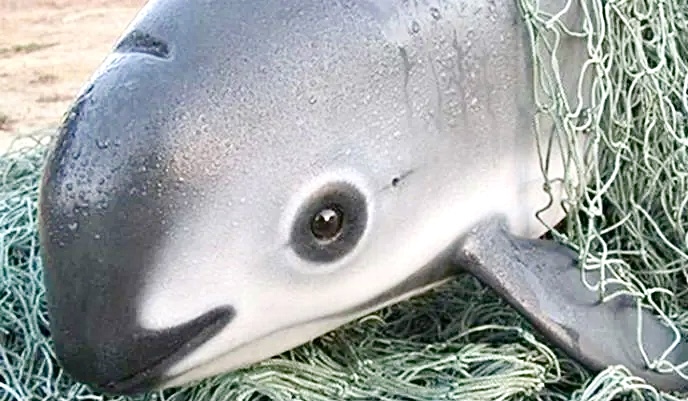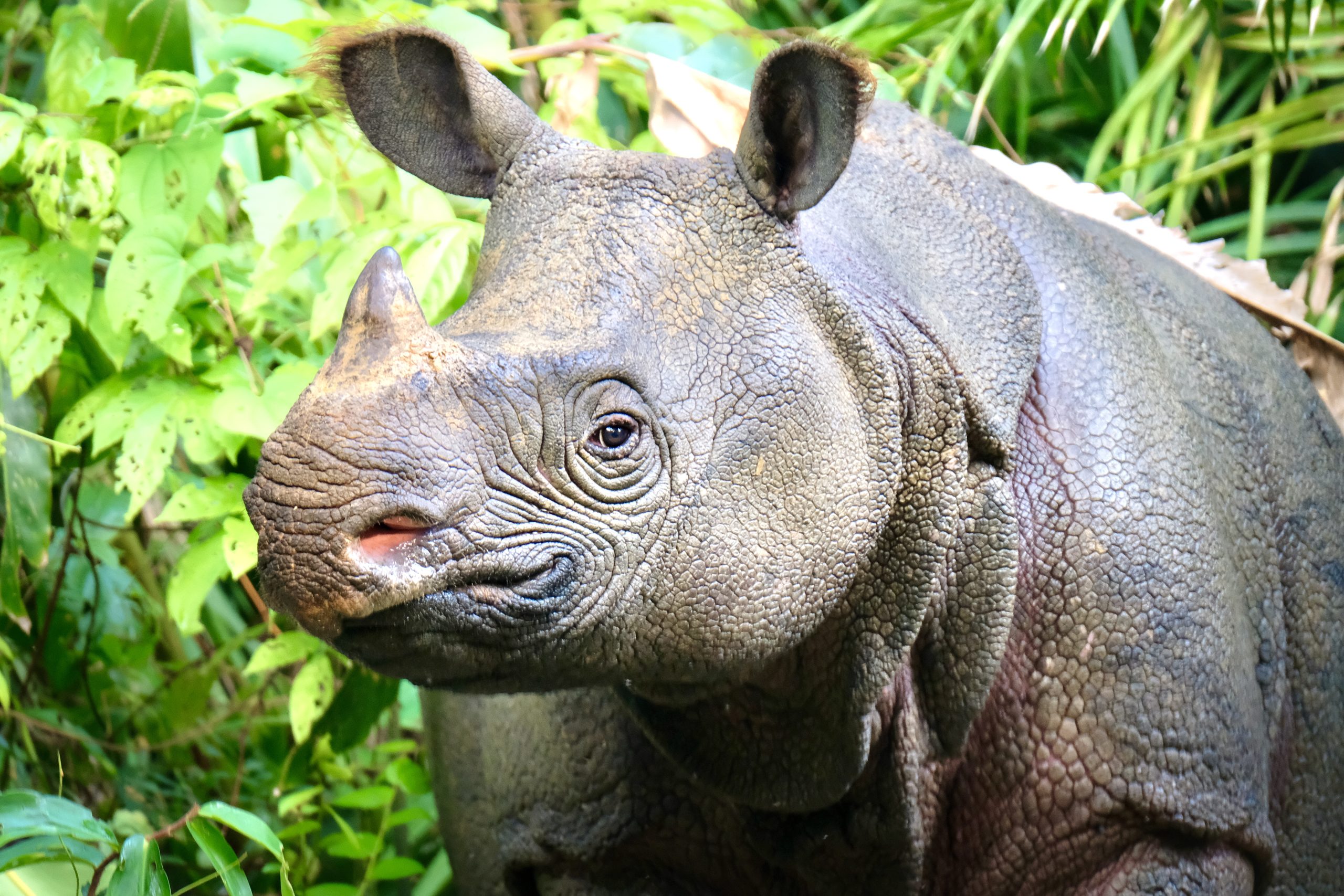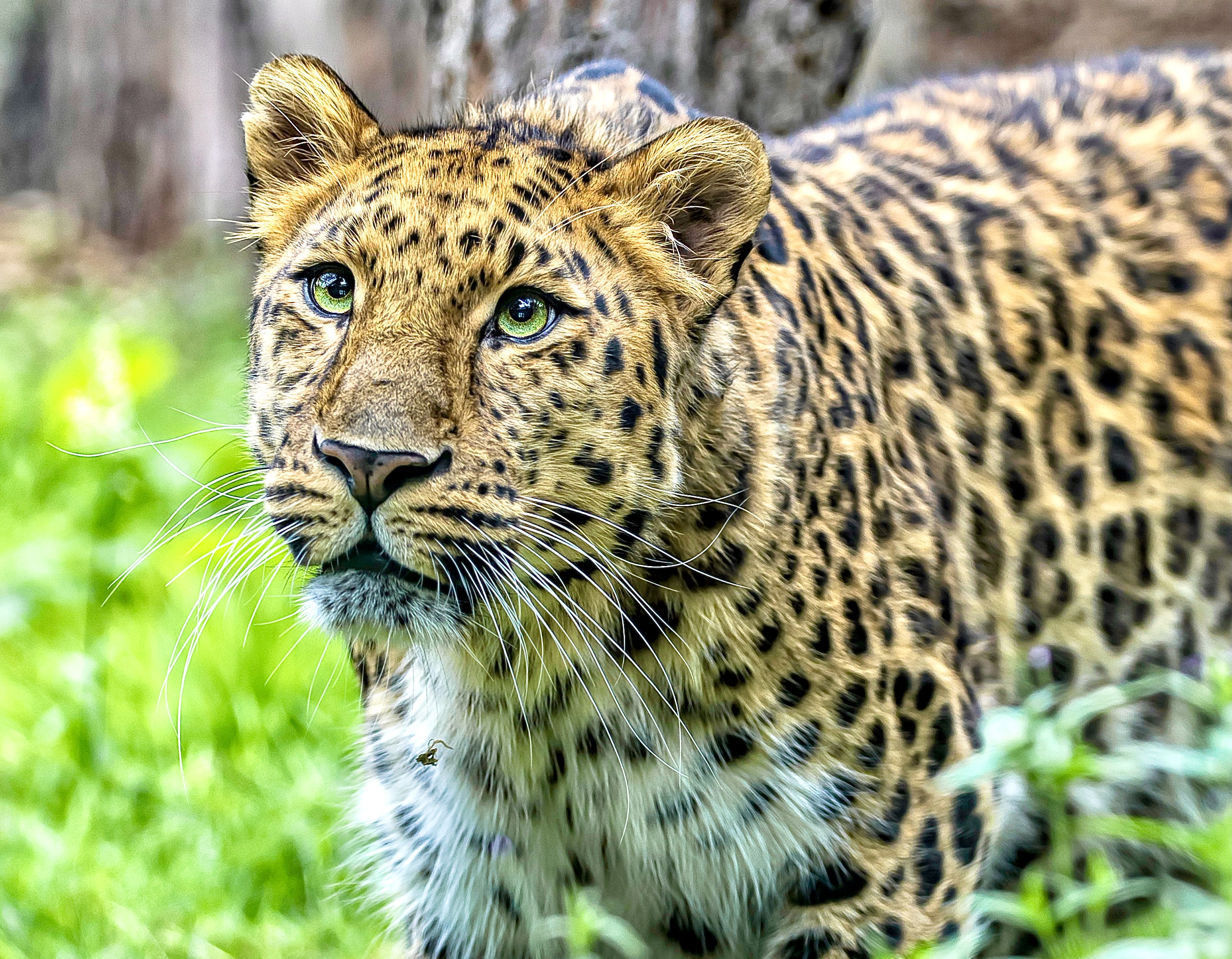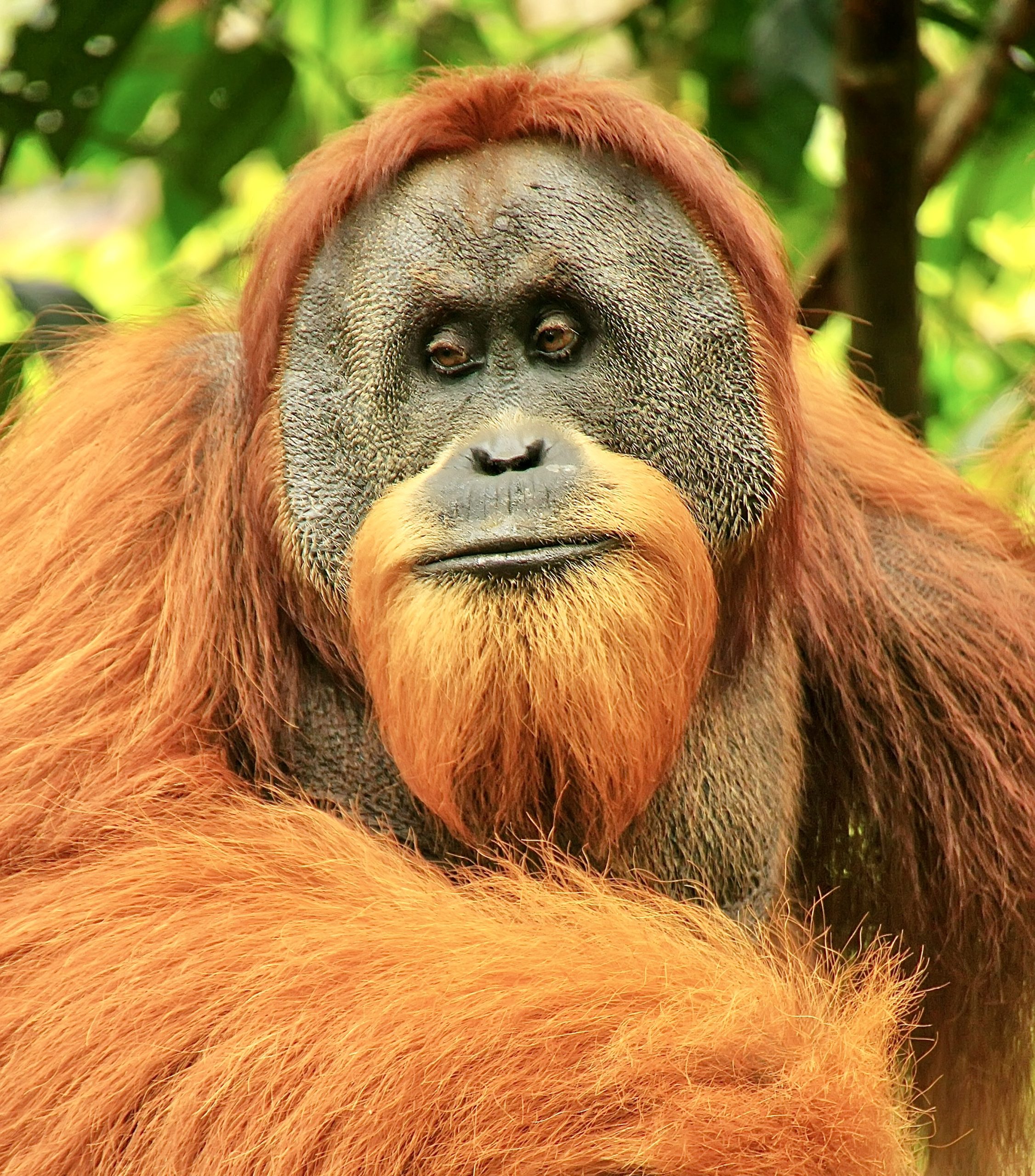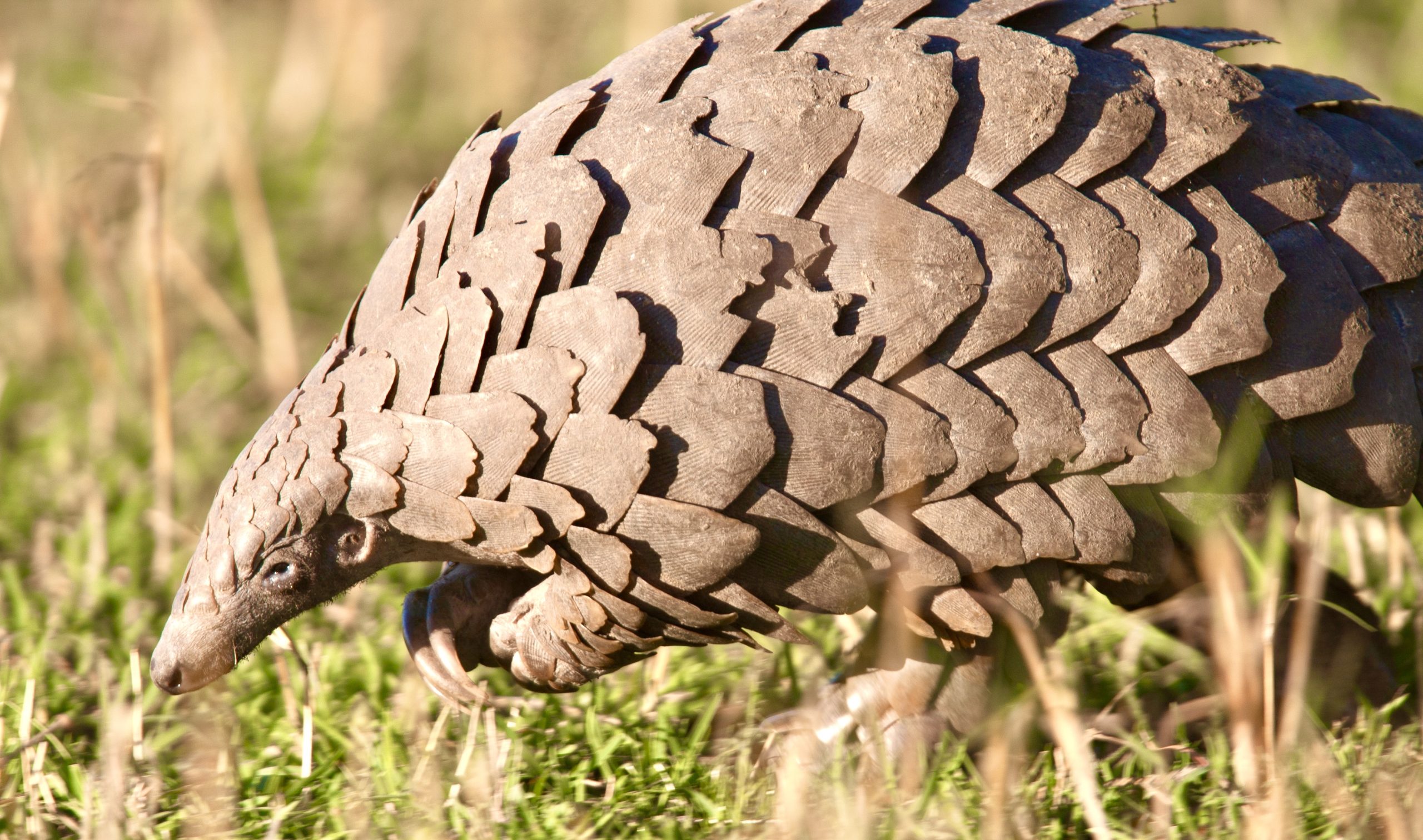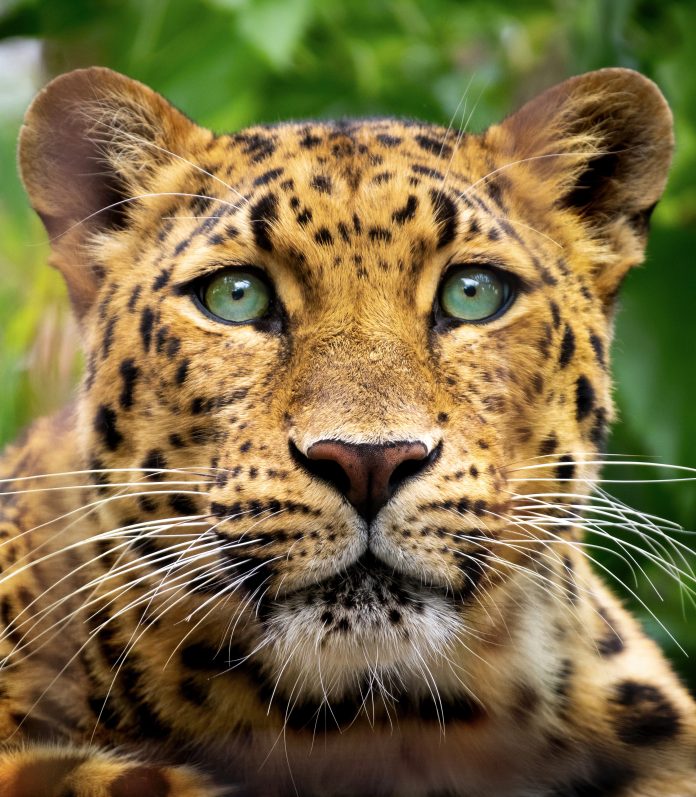
You can help all animals and our planet by choosing compassion on your plate and in your glass. #GoVeg
RELATED ARTICLES
Amazon Faces Growing Backlash Over Selling Cruel Donkey-Hide Gelatin Products
Animal welfare advocates representing millions of people around the world gathered at Amazon HQ2 to hand-deliver over 370,000 petition signatures demanding that Amazon ban...
Man Charged With A Felony For Leaving His Dog Tied To A Fence During Hurricane Milton
A 23-year-old man has been charged with aggravated animal cruelty, a third-degree felony, after footage of his abandoned dog went viral just before Hurricane...
Colorado Officials Call Off Search For Wolf Pup Left Behind After Copper Creek Pack Was Captured
A picture of the suspected fifth wolf pup of the Copper Creek pack. Photo by: Colorado Parks and Wildlife
Conservationists and wildlife advocates are outraged...
Popular stories
News
California Bill To Require Pet Microchipping Aims To Reduce Number Of Animals Euthanized In Shelters Throughout The State
California State Senator Ling Ling Chang (R-Diamond Bar) introduced SB 573 yesterday, a bill to require local animal control agencies and public and private shelters to microchip...
Breaking News
Greek Shipping Company Changes Course To Protect Endangered Whales In The Eastern Mediterranean
The Greek-owned shipping company, ARCADIA SHIPMANAGEMENT, has taken a proactive step in conservation. They have revamped their internal operations to reroute their ships, playing...
News
Ecuador Votes To Recognize The Legal Rights Of Animals In The Constitution & Requires New Legislation To Be Drafted To Protect Them
For the first time, the Constitutional Court of Ecuador has recognized the legal rights of nonhuman animals. The ruling not only elevates the legal status of...

